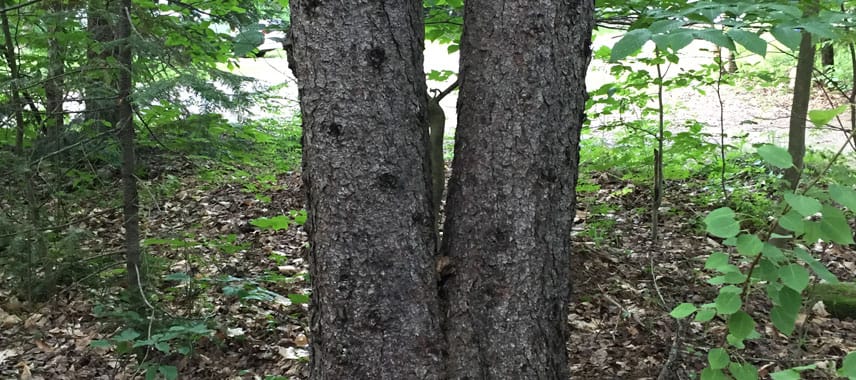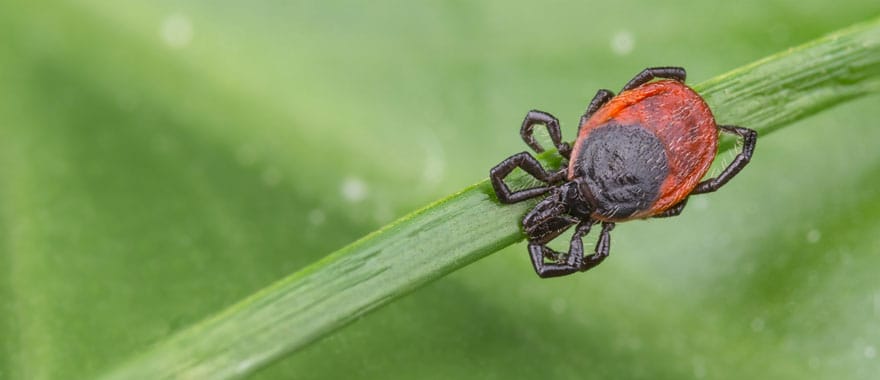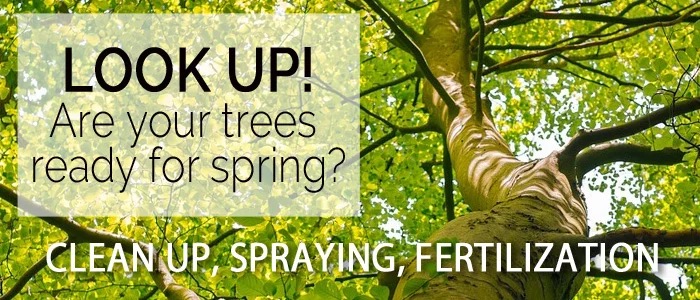
Over time, trees can develop structural defects or growth patterns that have a much higher probability of failing. The most common occurrence is a tree with multiple stems, which creates a cavity of included bark where the stems touch and appear to grow together. This is where they almost always split during a storm.
Cables and bracing are supplemental structures that help reduce the risk of failure by limiting movement of suspect stems or branches during high winds in a storm or from snow loads. Cables are installed 2/3 of the way up into a trees canopy from the union so as to ensure the cable can apply a proper amount of leverage when holding stems in place. Bracing is when a threaded rod is installed through unions of weak branches or stems and in some cases we do both cabling and bracing on the same tree. In order to meet the acceptable risk threshold of our clients without removing a key tree we some times incorporate structural pruning and/or crown reduction pruning techniques that will help minimize the load on the suspect unions or stems along with cabling and bracing.
At Barts Tree Service, we use a newer style cabling system where we drill a 3/8 inch hole straight through the tree where the steel cable passes, then we attach an aluminum collar that is tapered on the inside and locks the cable in place. This new does not rely on lag bolts that can rip out and thimble cable ends which can rust and break.
Our certified arborists will conduct a evaluation of your tree structure and make recommendations for installing cables and braces per ANSI A300 standards.
All bracing and cabling should have an annual inspection and will need to be replaced approximately every 10 years.




